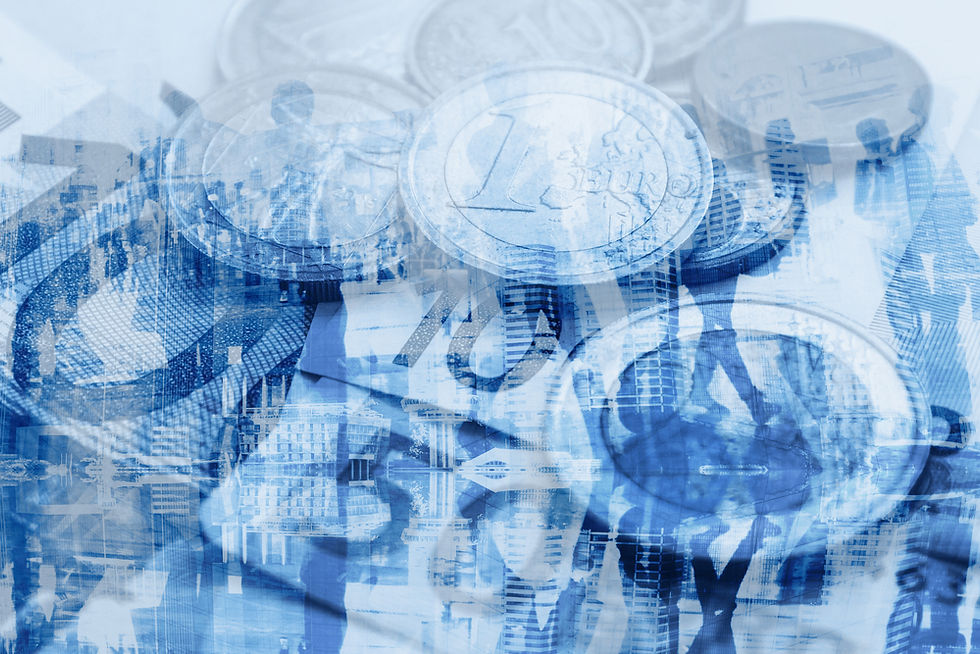Inflation seems Underappreciated
- NYee
- Feb 2, 2024
- 2 min read

One of the finance nerd cool things about financial markets is they tell you how investors are collectively handicapping the future. What do investors think oil prices will be a year from now? What do investors think the yield on the 10-year Treasury note will be a year from now? Data from futures and options markets tell us the answers to these kinds of questions.
What about inflation?
The U.S. Treasury issues many types of securities. The instrument that's most familiar to investors is the regular par bond (a note with a defined maturity and an interest coupon). But there are others, including TIPS (Treasury Inflation Protected Securities). TIPS are issued with 5-, 10-, and 30-year maturities and an interest coupon but also include the added feature of note principal being adjusted based on the government reported rate of inflation. We can compare the yield-to-maturity of a par bond with the yield-to-maturity of a TIPS bond of similar maturity (say, 5 years). The par bond does not adjust for inflation, but the TIPS bond does. The difference in yield is what investors implicitly think the rate of inflation will be over the future period (in this case, 5 years), because at that rate of inflation investors would theoretically be indifferent between owning the par bond or the TIPS bond. If the implied inflation forecast is ultimately correct, investors will get the same return with either bond. Hence, the implied inflation rate is also referred to as the "breakeven" inflation rate - the rate at which investors are indifferent.
Here is the 20-year history of 5-year and 10-year breakeven inflation rates2:

Currently, investors think the average rate of inflation over the next 5 years will be just over 2%. Same for 10 years.
We don't want to get into a detailed discussion of inflation calculation mechanics, but it's important to understand that the lagged nature of the shelter category (a major 30-40% weight depending on the inflation metric) will likely put downward pressure on reported figures in 2024. And real time inflation is clearly lower than what's reported (e.g., truflation3 2.0% as of 1/31/2024; e.g., Cleveland Fed4 Inflation Now PCE 4Q23 annualized PCE 1.8%).
But consider this:
At the end of 2021, 5-year trailing (i.e. 2017-2021) annualized CPI was 2.9%
At the end of 2022, 5-year trailing (i.e. 2018-2022) annualized CPI was 3.7%
At the end of 2023, 5-year trailing (i.e. 2019-2023) annualized CPI was 4.1%
Obviously the pandemic had a significant impact on the 2021-2023 inflation experience. But almost 3% annualized 2017-2021?! Inflation was benign for most of that period, even negative for part of 2020, yet we still got close to 3%.
And when we look forward we do not see inflation stressors easing - we see the opposite. We see the potential for numerous structural (not temporary or cyclical) factors to pressure prices: materials, labor, fiscal policy, electrification/decarbonization. One possible offset to some of this? Technology / AI.
We suspect investors are still living in the 1990-2020 disinflationary period. We suspect investors conclude that the temporary 2021-2023 issues are behind us and the Federal Reserve has won the inflation fight. We suspect investors are complacent. 2.1% for the next 5 or 10 years? We will happily take the overs on both, thank you very much.



Comments